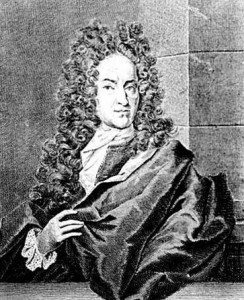
First expressed by Johan Joachim Becher in 1667, phlogiston theory is the idea that all combustible objects—that is, anything that can catch fire—contain a special element called phlogiston that is released during burning, and which makes the whole process possible. In its traditional form, phlogiston was said to be without color, taste, or odor, and was only made visible when a flammable object, like a tree or a pile of leaves, caught fire. Once it was burned and all its phlogiston released, the object was said to once again exist in its true form, known as a “calx.” Beyond basic combustion, the theory also sought to explain chemical processes like the rusting of metals, and was even used as a means of understanding breathing, as pure oxygen was described as “dephlogistated air.”
How it was Proven Wrong:
The more experiments that were performed using the phlogiston model, the more dubious it became as a theory. One of the most significant was that when certain metals were burned, they actually gained weight instead of losing it, as they should have if phlogiston were being released. The idea eventually fell out of favor, and has since been replaced by more sophisticated theories, like oxidation.
No comments:
Post a Comment